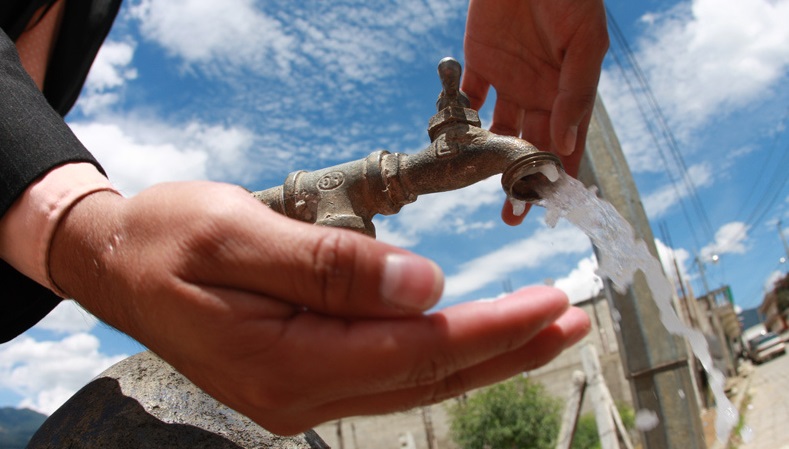We may be out of the woods with regards to the past year’s drought, but South Africa is still in danger of facing a water shortage by 2030.
As the globe celebrates World Environment Day today, we looked at a recent report by the World World Wide Fund for Nature South Africa (WWFSA) on the state of water usage and shortages locally and what could lie ahead of us, should we not implement the necessary shortages as soon as possible.
In January this year, WWFSA and The Boston Consulting Group (BCG), hosted a “Future of Water” workshop to address current and future challenges, potential solutions, and map out a sustainable path forward.
In March, a report on the outcomes of the workshop was released to raise awareness about the threat of water scarcity in South Africa and crystallise key actions needed to build a water secure future in South Africa.
“Rainfall is the predominant origin of freshwater, yet South Africa has low rainfall and low per capita water availability in comparison to other countries: -500 mm average annual rainfall, and 843 m3 water per capita per annum. Approximately 30% of annual runoff becomes allocated supply, mostly from surface water,” WWFSA said.
Over 50% of our water comes from the countries 8% surface water sources. Millions of litres of water (25%) are lost every year to leaks in our municipalities, to help combat this, R700 billion is needed to upgrade our engineered water infrastructure.
“Water demand in South Africa has been witnessing a steep increase, with three major sectors driving the demand. The agriculture sector is the highest at around 63%, followed by the municipal and industrial sectors at 26% and 11% respectively. This demand is expected to further grow at around 1% annually to reach ~18 bn m3 in 2030 from 15 bn m3.”
Demand is expected to succeed supply by 17% in 2030.
After mapping out a series of shortage scenarios that could affect South Africa in future, WWFSA and BCG recommended the following four goals the country should be working towards, to ensure future water security:
- Water-conscious country: Become a water-conscious country with sufficient knowledge and skills in the water sector
- Strong water governance: Implement strong water governance with resilient stakeholder partnerships that advance the more explicit second phase of the National Development Plan to achieve water security under climate change
- Water supply and demand management: Manage water supply and demand regulations more rigorously and protect water resources
- Water-smart economy: Become a water-smart economy and a leader in Africa in commercialising low-water technologies for industry and agriculture
“There are real opportunities for South Africa to lead Africa in the transition towards a water-smart economy, with new technologies and enterprise innovations that ensure our water security. But we need to take decisive steps now, and not wait until the next drought,” said Christine Colvin, Senior Manager for Freshwater WWFSA.
“Collective action plays a vital role in building a sustainable water future for all stakeholders. By collaborating to mitigate risks, seize opportunities, as well as preserve and maintain this valuable shared resource, we can create a water secure future for South Africa. These action focus on what can be achieved in partnerships between civil society, the public and private sectors. A massive drive is also required to improve performance in public sector water institutions and local government,” WWFSA said.
Read the full Future of Water report on the WWFSA website.
[Image – CC IUCNweb]

